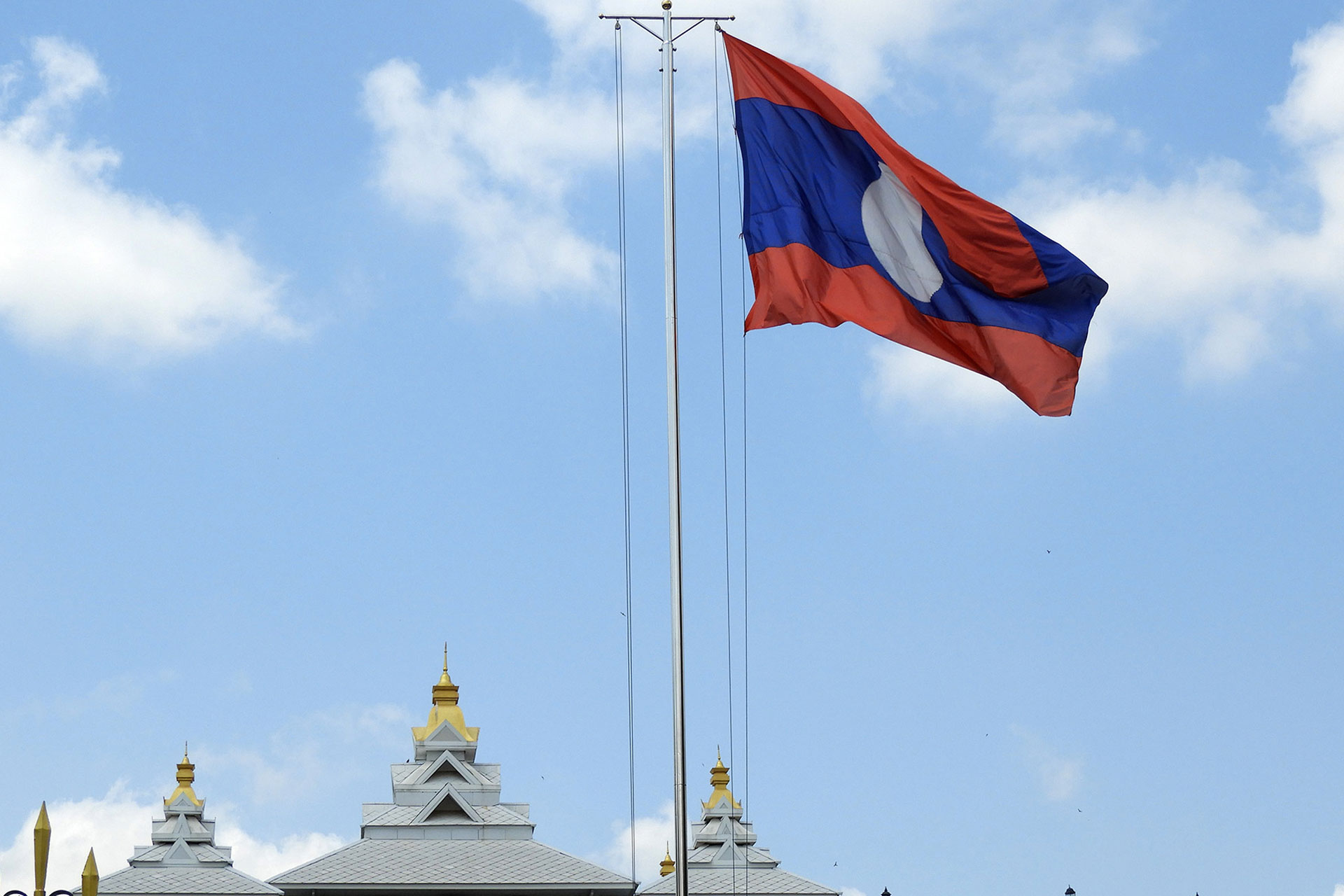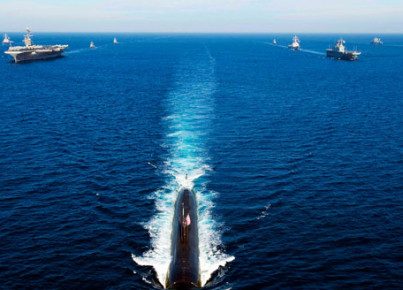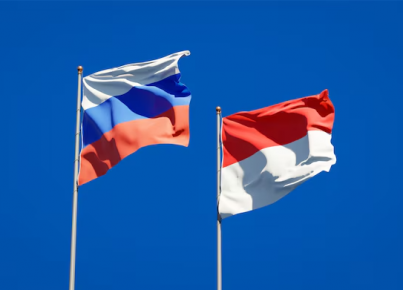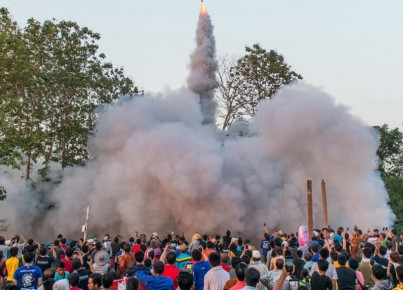Toward the Oct. 6-11 summit in Vientiane. A key element of the Lao strategy is the ambition to transform from a “landlocked” to a “land-connected” nation. This goal includes enhancing transportation and digital infrastructure
By Luca Menghini
In 2024, Laos assumed the presidency of ASEAN with the theme "Strengthening Connectivity and Resilience" during a crucial period to address and resolve growing geopolitical and economic challenges. Laos has previously held the ASEAN presidency twice, in 2004 and 2016, but this time it is facing increasing pressures. Connectivity has long been a strategic goal of ASEAN, and under Laos' leadership, the focus will be on strengthening regional ties and building greater resilience in the face of emerging threats.
The ASEAN Master Plan on Connectivity (MPAC) 2025 is crucial to regional integration efforts, focusing on sustainable infrastructure, digital transformation, and people-to-people connections. These objectives are vital not only for economic growth but also for social and political cohesion. Laos will promote deeper regional integration, sustainable development, and the reduction of development gaps between ASEAN nations.
A key element of Laos' strategy is the ambition to transform from a "landlocked nation" to a "land-linked nation." This goal involves enhancing transportation and digital infrastructure, making Laos a strategic hub for trade and investment within ASEAN. This transformation is essential for strengthening regional cooperation and consolidating supply chains, especially as Southeast Asia recovers from the economic consequences of the Covid-19 pandemic.
ASEAN's resilience in the face of global and regional challenges is equally crucial. The region must tackle climate change, natural disasters, cybersecurity threats, and economic uncertainty. Laos' presidency aims to promote regional stability by building robust infrastructure and developing partnerships with external powers such as the United Kingdom and the European Union to improve disaster response, energy security, and sustainable development.
Another key objective of Laos' leadership is promoting inclusion, particularly for women and marginalized communities. The aim is to ensure that all groups can benefit from ASEAN's growth, addressing the needs of vulnerable populations, especially in remote areas. Through these initiatives, Laos seeks to foster greater equity and sustainability of livelihoods across the region.
Digital transformation will be a key area of focus. As ASEAN moves towards building a digital economy, Laos will prioritize digital innovation and infrastructure. This includes cooperation on cybersecurity, data governance, and trade digitalization. The ASEAN Digital Masterplan 2025 sets ambitious goals, and Laos' leadership will be critical in promoting digital literacy and infrastructure development, especially in less developed areas. Strong digital connectivity will drive economic growth and improve access to education, healthcare, and government services.
Energy connectivity is another vital element of the ASEAN 2024 agenda. With growing energy demand and the transition to a low-carbon economy, Laos will play a central role in strengthening regional energy cooperation. The ASEAN Power Grid, aimed at improving energy security and integrating renewable energy sources, will be a priority. Events such as the Energy Business Forum and the ASEAN International Conference on Energy and Environment in 2024 will provide a platform to address issues of energy security, climate action, and the sustainability of energy infrastructure.
In addition to its role as ASEAN's rotating president, Laos will promote its campaign to boost tourism and investment, called "Visit Laos Year 2024." By showcasing its cultural and natural heritage, Laos aims to attract 4.6 million visitors, positioning itself as a key player in the region's tourism sector. This goal aligns with ASEAN's broader aim of strengthening cultural connectivity and people-to-people ties, essential elements for building a regional identity.
Laos faces a complex geopolitical landscape as it takes on the presidency. Geopolitical tensions, particularly in the South China Sea, pose a challenge to ASEAN unity. Laos, with its tradition of maintaining neutrality and mediating between major powers, will need to balance the interests of China, the United States, and other external actors while ensuring ASEAN remains cohesive. This delicate diplomatic balance will be crucial, especially as ASEAN grapples with maritime security issues and relations with major powers.
Looking ahead, the success of Laos' presidency will depend on its ability to implement ASEAN's post-2025 agenda. This agenda focuses on building a dynamic, inclusive, and people-centered community, requiring coordination across all sectors. By promoting infrastructural development, social inclusion, digital transformation, and energy cooperation, Laos has the opportunity to lay the foundation for a more interconnected and resilient ASEAN. Its success will depend on the region's ability to adapt, innovate, and strengthen both external and internal ties.






